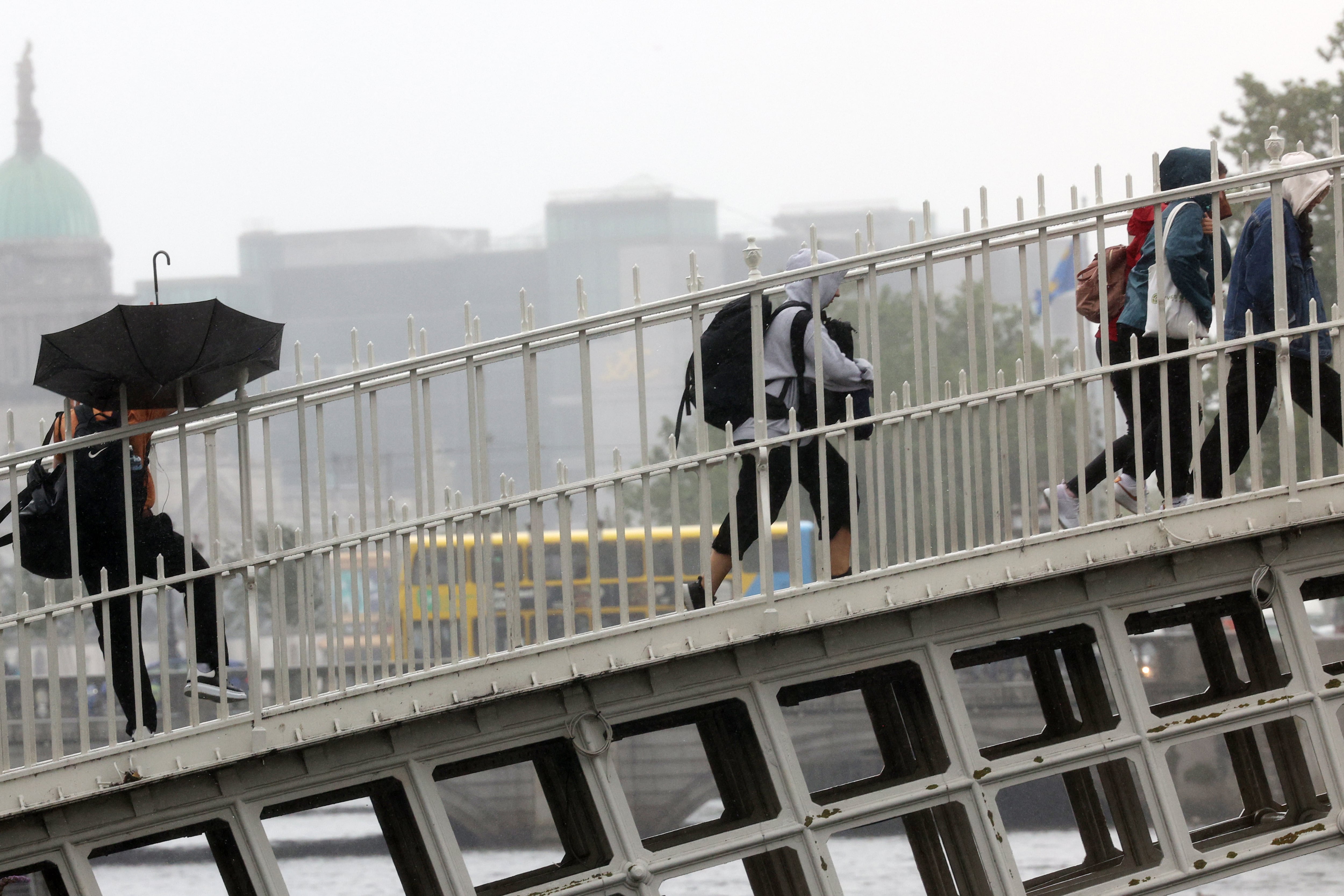The number of people at risk of poverty rose by an estimated 76,000 in 2022, driven by an increase in the number of older people living in poor conditions, a new survey suggests.
The latest Survey on Income and Living Conditions from the Central Statistics Office found the proportion of people at risk of poverty rose to 13.1 per cent last year from 11.6 per cent in 2021. The increase in the overall rate was driven by an increase in the number of older people at risk of poverty.
The sample size of the survey was 4,600 households and almost 11,400 individuals.
Based on estimates on the size of the overall population, this equates to about 671,000 people at risk of poverty in 2022, an increase from an estimated 595,000 the previous year.
READ MORE
The CSO defines people at risk of poverty as individuals earning €15,000 or less, the equivalent of 60 per cent of the national median disposable income.
The percentage of people aged 65 and over at risk of poverty stood at 19 per cent in the 2022 survey, up from 11.9 per cent in 2021 and 9.8 per cent in 2020.
The survey found that if Covid-19 income supports were excluded, the rate of those at risk of poverty would have soared to 20.5 per cent.
The survey also found that the richest 20 per cent of people have four times the income of the poorest 20 per cent.
Some 5.3 per cent of people were living in consistent poverty, up from 4 per cent in 2021.
The at risk of poverty rate in the survey is based on income for 2021. The CSO said that the impact of inflation on poverty and living conditions would not be seen until next year’s survey.
One in three adults living alone in households were found to be at risk of poverty. Some 33.6 per cent of people in households comprising one adult aged 65 and over, or 32 per cent of people in households with one adult aged less than 65, were at risk of poverty.
“The at risk of poverty rate increase in the elderly is driving the increase nationally,” Gerard Reilly, senior statistician at the CSO, said at a press conference outlining the survey’s findings.
The CSO found that there was no real gain in household income last year. While the median household disposable income increased by €528 to €46,999 in 2022, real income fell by €551 when adjusted for inflation based on 2019 figures.
The deprivation rate – defined as those deprived of two or more items from a list of 11 sample items such as being unable to afford heating or a roast meal once a week – was 17.7 per cent. Of those at risk of poverty, the deprivation rate stood at 40.7 per cent.
Social Justice Ireland estimated that more than 671,000 people are living in poverty in Ireland, including 188,602 children.
Dr Seán Healy, director of the charity, said there needed to be “a serious focus” to prevent the number of people at risk of poverty rising again after the figure declined in 2021. “The sheer scale of the numbers of people still living in poverty is worrying and highlights the fact that a policy of one-off measures will not address income inadequacy,” he said, referring to the Government measures announced this week to tackle the cost-of-living crisis.
The independent think tank estimated that there are 143,633 older people living in poverty, an increase of more than 55,000 since 2021. It estimated that there are 133,565 people defined as the “working poor” – people living in poverty who are in full-time employment.
Nat O’Connor, policy specialist at charity Age Action, called on the Government to benchmark the State pension against average earnings income and inflation.
“State pension spending power this year will be €23 less per week because of the impact of inflation. Income pension has gone up but real spending power has gone down,” he said. “One-off payments only compensate for some of that decrease.”
The European Anti-Poverty Network (EAPN) Ireland said the survey made for “sobering reading and must serve as a wake-up call for the Government.” It called the poverty figures “alarming”.
Paul Ginnell, director of EAPN Ireland, said the survey “highlights in stark terms the type of material poverty and the struggles many low-income households face just trying to purchase basic necessities and put food on the table”.










